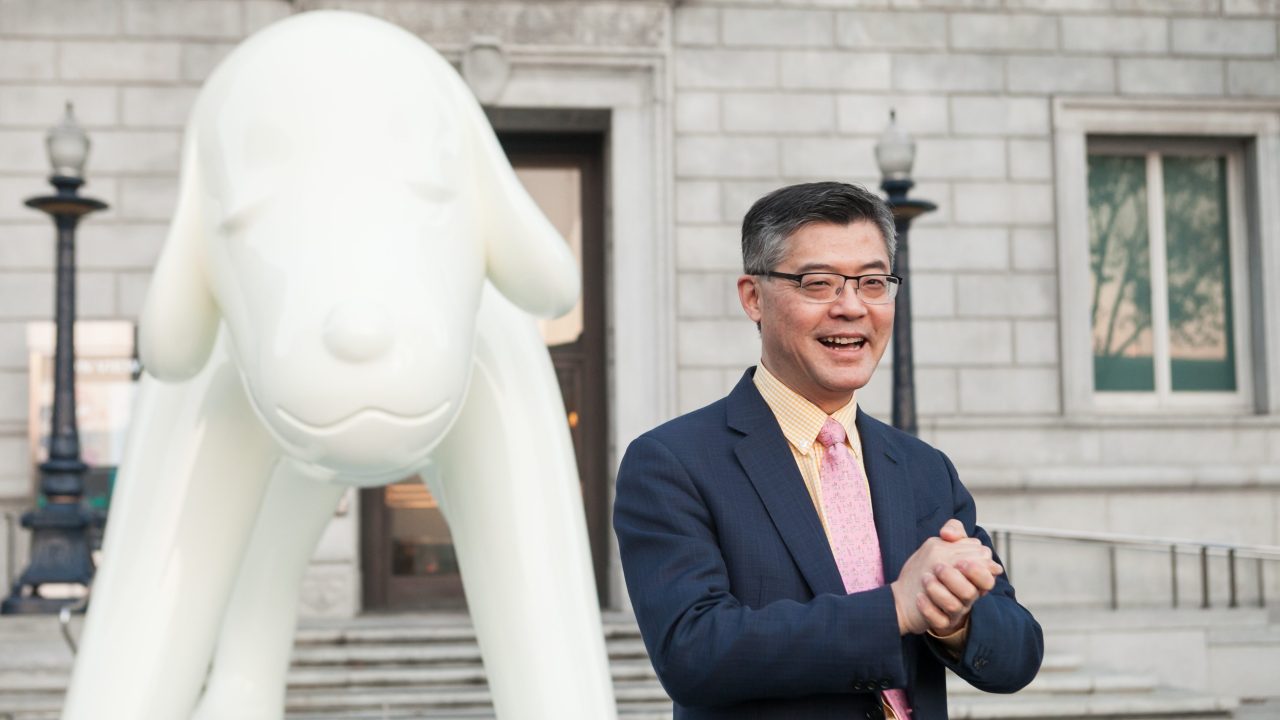
I lived in San Francisco for almost six years while working at the Oakland Museum of California, and during that time, I came to know and love the city’s Asian Art Museum. When I heard the recent news that its longtime director, Jay Xu, was stepping down after 17 years at the helm (his last day is April 14), I felt compelled to reach out and chat with him. Throughout our conversation, we discussed some of the changes he oversaw during his tenure as the institution’s director, the shifts he’s seen in the field generally, and what it takes to be a successful director now compared to when he started. We also talked about why culturally specific museums are still important at a time when more museums are elevating non-western art and histories.
Adam Rozan: Hi, Jay, can you introduce yourself and tell us what you do?
Jay Xu: Hello. My name is Jay Xu. I’m the Barbara Bass Bakar Director and CEO of the Asian Art Museum in San Francisco, California, and I’ve been in this job since June 2008.
AR: Where did your museum career begin, and what were you doing?
JX: I remember my first position very clearly, and I’ve been in the field for 40 years, starting in 1983 at my hometown museum, the Shanghai Museum.
AR: What were you doing?
JX: I was fresh out of college and became the secretary, which would be called an administrative assistant today, to the museum director in Shanghai.
AR: That must have been a fantastic education. You started by assisting a director, and now you’re stepping down as one; that’s a remarkable journey.
JX: It is. The director’s office is the epicenter of a museum, which exposed me to all aspects of museum operation. Without me realizing it, my experience in Shanghai Museum served as an excellent starting point of my journey to ultimately become the director of the Asian Art Museum over the course of a quarter of a century and across a great ocean. I might be one of the few people in the field with a relatively comprehensive trajectory of a museum career, from administrative assistant, junior manager, curatorial fellow, curator, chair of curatorial department, and then to director and CEO.
AR: Throughout your career, how have you found ways to stay connected with what happens on the museum floor and the visitor’s day-to-day experiences?
JX: Whether as a director’s secretary or as a director myself, I am passionate about art and the museums I served, and I love to engage with people. I always managed to find time to be on the floor. In the early 1980s, China was still very poor, only several years after the Cultural Revolution, so there was a shortage of staff at the museum, and we had to double duty from time to time: I enjoyed sitting or walking in the galleries as a gallery attendant, which was like a security guard and allowed me to be immersed in art on display and to chat with visitors. As the director, I constitutionally walked the museum floors, but alas, far less than what I would like to thanks to the administrative duties I had. Paradoxically, after my retirement from the job, I will have more time to look at art.
AR: This strikes me as both very fortunate for you and something that’s also missing from the training received and needed in the field. And, once you had those experiences, your perspective, of course, changes.
JX: Yes, that’s right. When you’re on the floor, you gain a deeper understanding of how museums function beyond the director’s office. It’s an entirely different viewpoint.
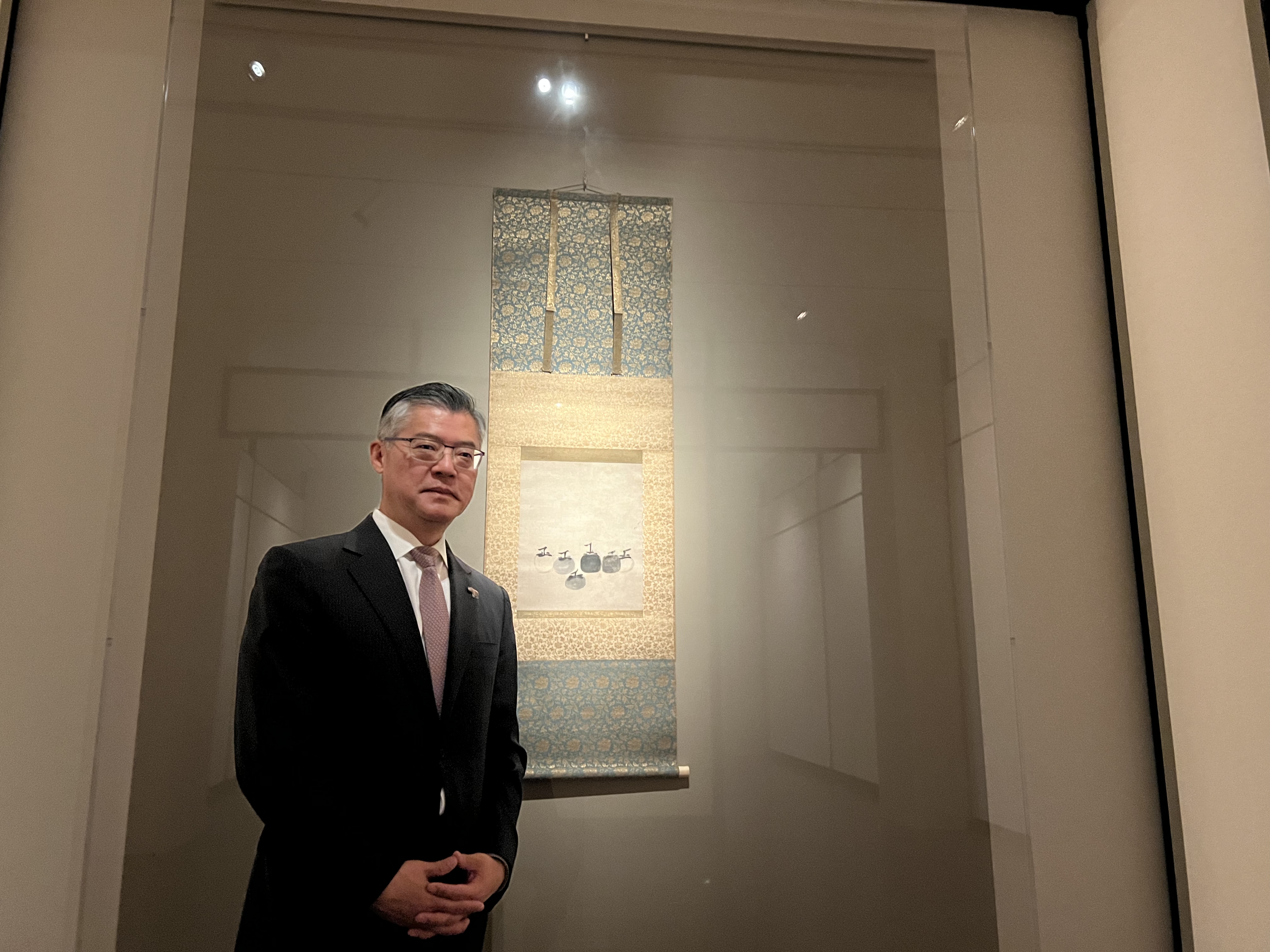
AR: While at the Shanghai Museum, you decided to study art history to become a curator. Is that correct, and what prompted you to go that route?
JX: The central turning point in my life was when I entered Princeton University’s program in East Asian Art and Archaeology in 1990. By then, I had seven years of experience at the Shanghai Museum and had learned a lot from my director, a world-class scholar in ancient Chinese art, particularly bronzes. My future professor at Princeton was also a leading scholar in the same field. In my area, China didn’t yet have a professionally developed Ph.D. program, and Princeton had one of the best. I wanted to be a scholar and a curator, so that’s how I came to the US.
AR: What was the decision-making process behind your interest in becoming a director, even though it might have meant stepping away from curating and exhibitions?
JX: It was more straightforward than it might seem. While becoming a director was beyond my control, there were two sides to me: the scholarly side, where I enjoyed researching and writing essays, some of which perhaps only ten people in the world would read, and the curator side, where I wanted to engage the public. A museum exists at the interface between the public and scholarship. Everything we do is based on scholarship, but our ultimate clientele is the public. As a curator, you translate that scholarship into something visually, verbally, or digitally accessible, inspiring, and engaging to the public, and I am a people person, enjoying engaging audiences. The experience of being a scholar and a curator paves the way for one to become a director. While not everyone has the potential or interest to become a museum director, I feel those of us who come from the scholarly and curatorial background have the best potential, because after all it is about art and serving people with art. I was very fortunate to be given the opportunity to lead the Asian Art Museum for nearly 17 years.
AR: How has the role changed over that time, and can you share some ways the work has improved and worsened?
JX: It’s hard to say what has gotten better or worse, but ever since the 2008 financial crisis, when I first joined the Asian Art Museum, I’ve been thinking about whether the current business model of museums relying heavily on philanthropy is sustainable. In the last decade, particularly since the pandemic, social and political changes in the US and globally have compelled museums to reconsider their missions and values. Museums have become more relevant, requiring the CEO to help an organization navigate these important changes.
AR: What qualities do you think an aspiring director needs today?
JX: First, you need enthusiasm, which comes from believing in the value of museums and the difference they make in people’s lives. You also need vision, the ability to see the future, not just day-to-day operations. Lastly, communication is critical. You must be a good storyteller who can engage people and bring them along because you can’t do everything alone. We all know that a museum director’s job involves a lot of fundraising; having those three qualities I mentioned will surely enable one to be a successful fundraiser.
AR: Can someone become a director if they don’t come from a curatorial background?
JX: I believe knowledge and scholarship are essential for a director, but that doesn’t necessarily mean they must be a curator, even though having curatorial experience adds a lot of value. A director must demonstrate a passion for the institution’s mission, whether it’s art, history, or another focus. Having a scholarly underpinning is essential, but managing people and inspiring them is equally critical.
AR: Okay, those are the qualities of a director today. What are the qualities needed to work in the museum field? Say you’re advising someone who is thinking about museum work.
JX: It’s harder today because we live in the information age, where we are inundated with data. People need a clear sense of value and strong analytical skills to break down information and understand its essence. They should also be passionate about their work. If you don’t love what you do, it’s hard to be successful.
AR: One thing I’ve always been impressed by at the Asian Art Museum is how welcoming it feels. How did you go about creating a museum that’s not only scholarly but also vibrant and inviting?
JX: Welcoming starts with everything, from the artistic content to how people experience the museum. It’s essential to create an experience relatable to the audience so they feel the museum is relevant to them. Every detail matters, from the exhibits to the cafe, and including the font size on the labels, which we enlarged and made more accessible to all people, including vision-impaired visitors. I am completely at a loss why some museums make the font size of their labels so small that it is impossible to read with ease, as if they did not want the visitors to read them. Then, why even bother to have the labels? In serving our public and creating a vibrant and engaging experience, every detail needs to be taken care of thoughtfully.
AR: In many ways, you’re talking about engaging the community or community engagement. Can you comment on a museum’s responsibility to its community?
JX: A museum’s first responsibility is to serve its community, starting with its local community and extending outward. At the Asian Art Museum, we’ve deepened our relationship with the Asian American community and all communities in San Francisco. We’ve also expanded our mission to include Asian American art and culture in addition to our longstanding mission to present Asian art and culture.
AR: It’s easy to imagine that when the Asian Art Museum was conceived, there was a great need to say, “We must have an Asian art museum. This is important because the art is not being represented elsewhere.” Right?
Today’s art museums and cultural organizations now have Asian art galleries. Has success here been won, and to ask the softball question, is there still a need for an Asian art museum?
JX: It’s an important question, a good one. The answer is absolutely. Even though the field of Asian art has grown significantly, Asian culture still hasn’t been treated as an integral part of American life. It’s often considered a special interest. For example, how many school districts include Asian history or culture in their curriculum when teaching world history? Despite the significant immigration from Asia and the fact that 60 percent of the world’s population resides there. American culture is still primarily based on European traditions, traced back to Renaissance, Roman, Greek traditions and so forth. Moreover, Asian American stories remain vastly underrepresented, even in museums dedicated to American art. You’d be hard-pressed to find much representation of Asian American artists in those spaces. That’s why platforms like the Asian Art Museum are still crucial.
AR: It’s a great point, and it makes me think of the National Museum of Women in the Arts’ “Five Women Artists” campaign, which asks the question to name five women artists—names like Ai Weiwei, Murakami, Kusama, Nam Jun Paik, and Do Ho Suh, to name five are indeed household names, that doesn’t mean that Asian artists are well-established.
JX: Exactly. The existence of the National Museum of Women in the Arts is evidence that women artists still need to be adequately represented. The same goes for Asian American artists.
AR: Before you became a director, you were a trained art historian and archeologist and served as a curator at the Art Institute of Chicago and the Seattle Art Museum. Were you able to continue aspects of those skills while also running the museum?
JX: Indeed. I was fortunate to combine all of them — archaeology, art history, curation, administration — in what I consider one of my proudest achievements: helping to organize three groundbreaking exhibitions — China’s Terracotta Warriors: The First Emperor’s Legacy (2013), Tomb Treasures: New Discoveries from China’s Han Dynasty Tomb Treasures (2017), and Phoenix Kingdoms: The Last Splendor of China’s Bronze Age (2024) — all featuring recent discoveries on loan from Chinese museums, offering the latest scholarship and re-introducing global audiences to the story of early China. And perhaps more importantly, these exhibitions sometimes reflected the spirit of a favorite Chinese idiom “xue zhong song tan,” which literally means “to send charcoal in snowy weather,” underscoring how cultural exchange can warm relations in strained times, sustaining people to people, culture to culture connections. It certainly warms my heart to think that these exhibitions were an opportunity for global connection and understanding.
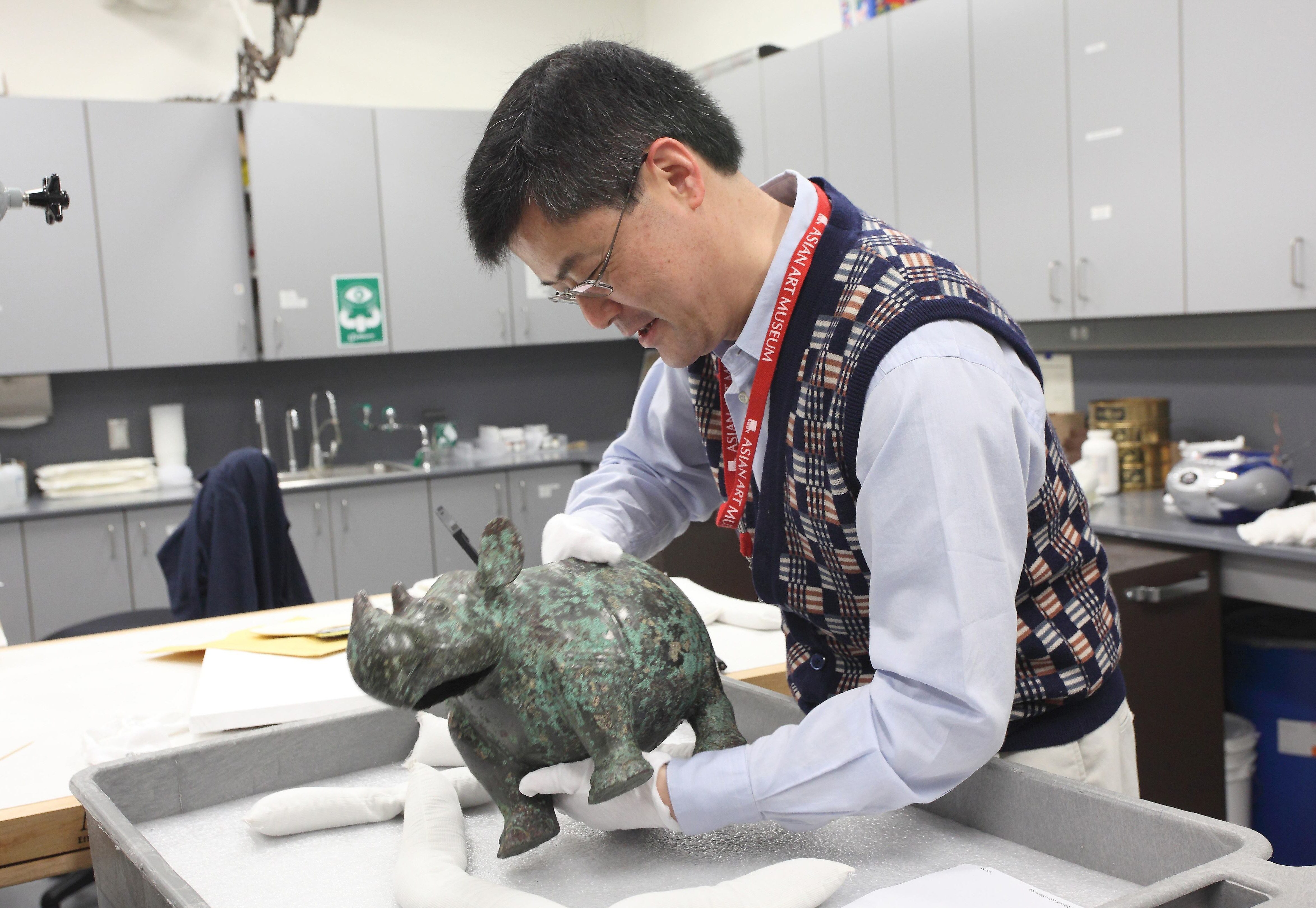
AR: During your tenure, the museum building itself has morphed and changed. Which means that you all have worked with architects. What advice would you share with institutions looking to work with architects on a future project?
JX: An architect should help manifest the museum’s values, not overwhelm them. That’s why we purposely avoided some of the biggest names, which might overshadow the museum’s needs. The architecture should serve the museum’s mission and needs, not just make a statement for the architect.
AR: Before I let you go, I would be remiss if we didn’t talk about your retirement, which I would like to share my congratulations with you on. It doesn’t really seem like you’re retiring at all, but I would imagine that stepping away from the Asian would be hard.
JX: It wasn’t an easy decision to make. I love the Asian Art Museum, and it’s been my career highlight. But I’m a thinker, and I’ve been contemplating this transition for a while. A way to share this is by four sets of numbers. When I announced in April 2023 my plan to retire in two years, and was asked about the reason for the timing, I gave four numbers: 15, 20, 40, 60:
- I’ve been in this role for 15 years by 2023.
- 2023 marks the 20th anniversary of the museum’s relocation to the Civic Center.
- It’s also the 40th anniversary of my museum career, which began in 1983.
- I also turned 60 this year. In Chinese culture, turning 60 signifies the completion of a cycle in life, and it felt like the right time to start planning for the next one.
I prefer to think of this as a transition rather than retirement. While I’ll be stepping down from running an institution full-time or in other words, retiring from the job of a museum director, I am not retiring from the field. I have many projects to look forward to. I want to return to my scholarly work—research, writing, and curating. I also want to mentor the next generation of museum professionals, especially Asian Americans, as they are still underrepresented in leadership roles. I’ll be involved in significant projects, like the Congressional Commission to Study Potential Creation of a National Museum of Asian Pacific American History and Culture. And I have been serving on several boards in the fields of art, museums, and higher education, as I am a big believer in the importance and value of governance. I’m not leaving the museum field at all, but I will have a different pattern in exercising my passion and hopefully making meaningful contributions.
As I close this chapter, I offer my deepest gratitude to everyone I’ve had the privilege of working with and meeting along this remarkable journey. Together, we discovered new ways to share the stories of Asian and Asian American art and culture.
Thank you for making this journey truly unforgettable. It has been the honor of my life to serve as director of the Asian Art Museum and to contribute to the field of museums more broadly.

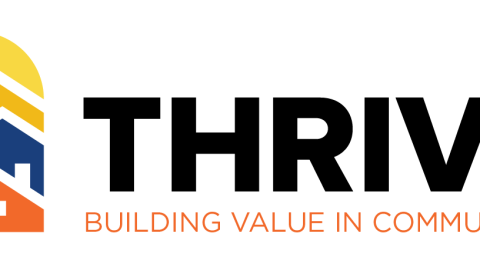
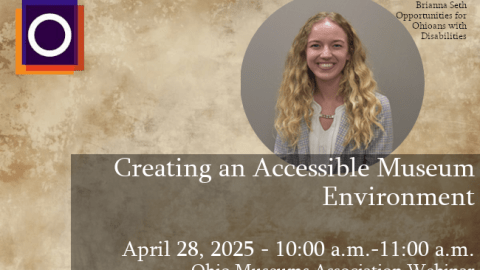


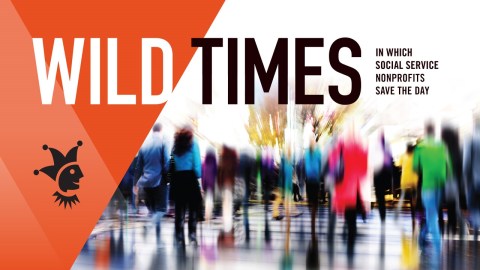
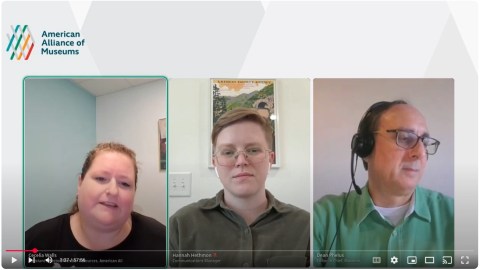


congratulations. well done. very inspiring story